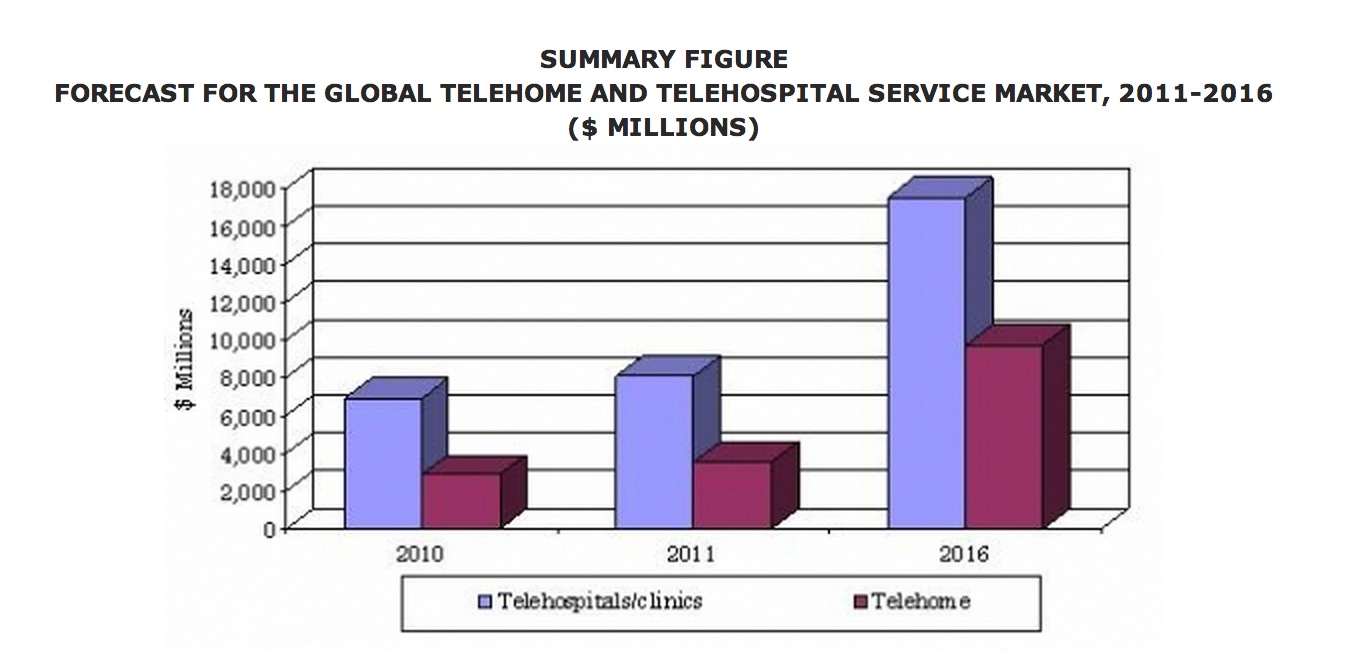In The Checklist Manifesto, Dr. Atul Gawande outlines some of the challenges associated with implementing checklists in clinical environments.
Checklists cannot take longer than 90 - 120 seconds to complete
Checklists have to assume a basic level of competency; they cannot be too basic or menial
Checklists must contextual in light of a variety of clinical scenarios and workflows
Checklists must be either READ-DO or DO-CONFIRM. A given checklist cannot mix and match READ-DO and DO-CONFIRM items.
Every medical professional we've interacted with - both clinical and administrative - understands the value of checklists. We are yet to encounter anyone that doesn't understand or believe in the value that checklists create.
Checklists can be used in any context in which there's a repeatable set of steps in which the cost of forgetting a step can be substantial. There are hundreds of workflows in hospitals in which forgetting a step can be detrimental to patient outcomes.
Despite this, adoption of checklists has been remarkably slow. Checklists are still only used in a narrow set of clinical environments. Why? Why aren't checklists being adopted in pharmacies, labs, in drug administration, or the ER?
People don't like doing more stuff. Medical professionals (MPs) are already overburdened with clinical documentation, meaningful use, defensive practices, etc. Although checklists can materially improve outcomes in many settings, they also introduce friction into existing workflows. As such, providers have only been adopting checklists in settings in which the cost of being wrong is extraordinarily high. Surgery is the highest acuity and riskiest avenue of care, but it's not the only that can materially improve from checklists.
How can we reduce the friction that checklists introduce? Let's consider the steps involved in completing a checklist:
First, the MP must recognize that a checklist should be used; second, the MP must physically access the checklist, which may be on paper, a wall, or computer; third, the MP must complete each item of checklist and document that each step was completed.
Pristine isn't tackling the first point of friction, yet. But we are dramatically reducing the friction required to complete items #2 and #3. By reducing friction, we are driving improved compliance, and ultimately improved outcomes and reduced costs. How do we reduce friction?
While wearing Pristine Glass, MPs just have to gently rock their head back, and say
"Ok Glass, start central line checklist"
"Ok Glass, start IV checklist"
"Ok Glass, start intubation checklist"
With Pristine CheckLists, MPs can access checklists without thinking, without going anywhere, and without using their hands. Pristine CheckLists dramatically reduce the friction between MPs and checklists.
Once the checklist has been initiated, MPs can navigate checklists with contextual voice commands such as:
"Washed hands"
"Prepped site with aseptic technique"
"Wore sterile gloves"
With Pristine CheckLists, MPs can access and complete checklists without interrupting their workflow. MPs can interact with and complete checklists while providing care. Pristine CheckLists represent an enormous leap forward in access and ease of use that will drive adoption of checklists in many places where they simply weren't practical or possible before.

